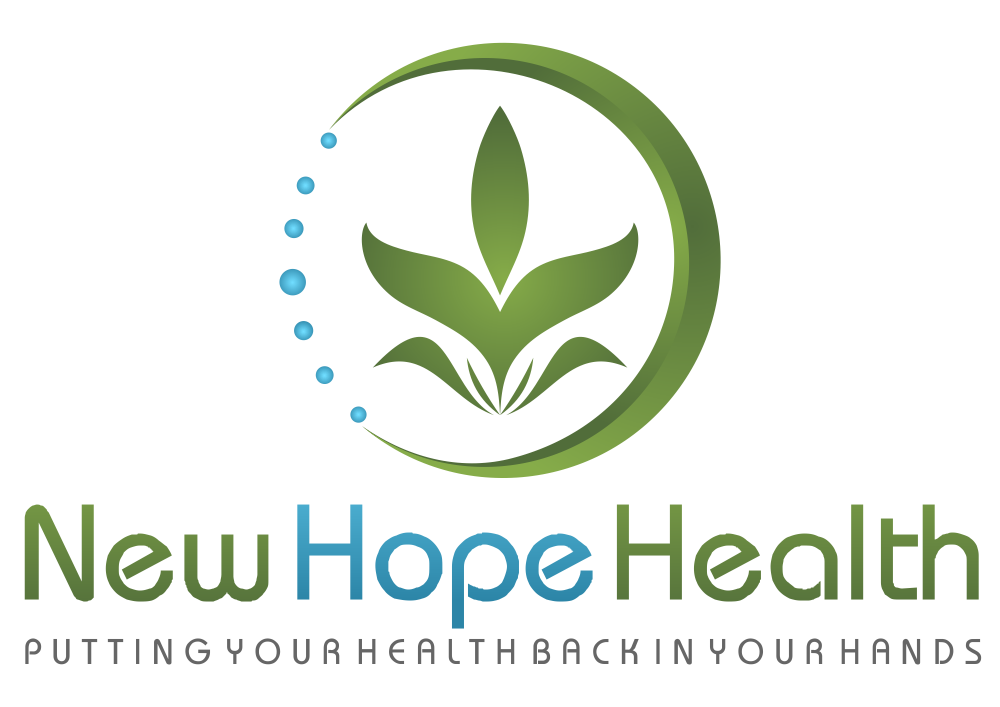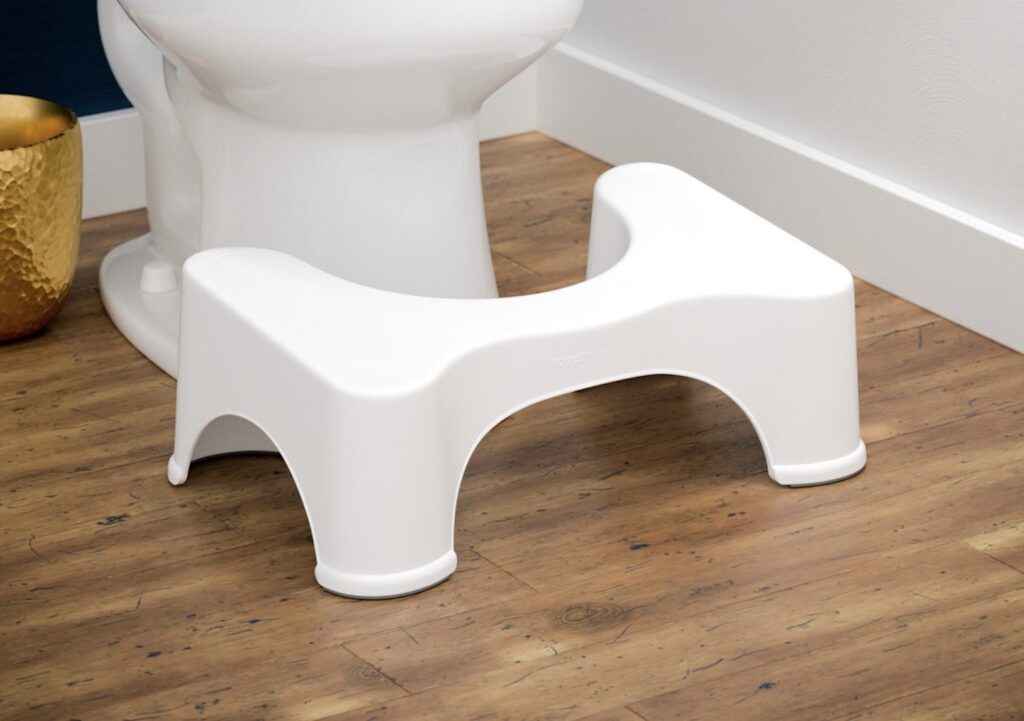
Constipation is a common problem that affects so many people. If you are constipated for an extended period of time, it can lead to bloating, abdominal discomfort, weight gain, over toxicity, hemorrhoids, anal fissures, and other not-so-fun health issues.
How do you know if you’re constipated?
It may seem like an obvious answer, but in my clinic I talk to clients on a regular basis who don’t think they have constipation when it actually is indeed an issue. The medical definition (having less than 3 bowel movements per week or having difficulty) is a low standard and a far cry from healthy.
If you are eating regular meals (not fasting), you should have at least 1 healthy elimination per day. It should be quick and easy to pass with no straining, bleeding, moving around to get it out, or discomfort (cramping, bloating, pain). It should be long and smooth, usually brown in color (unless you have eaten beets or something like that). You should not feel like there’s anything left inside or that it didn’t all come out. It shouldn’t take a lot of moving around or pushing… It should flow.
The Bristol chart is often used to determine a healthy bowel movement from someone who may have digestive issues or immune stress.

- Type 1 and 2 indicate constipation.
- Type 3 and 4 are considered healthy/normal.
- Type 5 is confirmation that you need more fiber.
- Type 6 and 7 are usually indicative of some sort of systemic inflammation.
In many cases, the cause is a simple lack of water, fiber and exercise. If your bowel movements are less than ideal and you’re not getting enough fiber, water or exercise, please don’t overlook just how profoundly those 3 things can help… But if you’re doing all that, there is more to the story. This could include excessive stress, digestive issues such as food allergies or leaky gut, an interference field caused by a physical trauma (especially to the lower back), medication, etc. Regardless of the cause, there is now evidence to support your best elimination regardless of if you struggle with constipation or not.
As it turns out, there is a right and wrong posture for pooping! That’s right. The ideal position is in a squat (rather than seated). Your knees should be elevated higher than your hips as seen in the picture below. You may have heard of the Squatty Potty…

Skeptical that this would really make a difference? I was too … until a study came out that put it to the test.2
This study evaluated 3 areas of elimination:
- Bowel movement duration (how long it takes to go)
- Straining (effort/needing to push)
- Bowel emptiness (did it all come out?)
This study showed that people indeed had faster (71%) and more complete bowel movements (by 85%) with 90% less straining and less blood seen on the toilet tissue when using the Squatty Potty stool.
So, what is the takeaway?
Of course, if you’re having anything less than ideal elimination (using my definition above, not medical standards), I would highly recommend a Squatty Potty in the main bathroom that you use most. This is important for children as well. Never encourage your little ones to push hard or strain. Feed and water them well, have them play hard, and use a Squatty Potty so they grow up with great bowel habits and efficient elimination of toxins.
But even if you don’t have problems, you still want to be sure to do all you can to ensure that you can maintain radiant health. I personally have a Squatty Potty at my home and clinic as well (as many of you know who have become part of the New Hope Health family).
References:
1. Chumpitazi BP, Self MM, Czyzewski DI, Cejka S, Swank PR, Shulman RJ. Bristol Stool Form Scale reliability and agreement decreases when determining Rome III stool form designations. Neurogastroenterol Motil. 2016. doi:10.1111/nmo.12738
2. Modi RM, Hinton A, Pinkhas D, et al. Implementation of a Defecation Posture Modification Device: Impact on Bowel Movement Patterns in Healthy Subjects. J Clin Gastroenterol. 2019. doi:10.1097/MCG.0000000000001143
Nothing said or implied in this post is intended to treat, cure, diagnose or prevent any disease. It does not take the place of a qualified health care practitioner and is intended for educational purposes only.

Dr. LeAnn Fritz, PhD
Dr. LeAnn is a practitioner, coach, speaker, consultant, and the founder of New Hope Health. She is also the author of The Quantum Weight Loss Blueprint, and Get Healthy Now. She is laser-focused on practical, evidence-based practices to empower her clients to get real results that last. She sets the bar when it comes to radiant health that will change every area of your life forevermore.
Recent Posts
Parasites- Living Inside Your Body, Without Paying Rent!
Parasites…I know…the thought of them living inside your body feels like something from a horror
Holistic Detox: A Naturopathic Doctor’s Guide to Cleansing Your Body for Optimal Health
Detox is a powerful way to reset your body and enhance your health. As a
Watermelon Slurpy…Upgraded!
It’s summer and it’s HOT! You’re looking for a refreshing cold drink that will give
Curious about achieving your highest level of health?
Schedule your consultation with Dr. LeAnn today, and get your health back in your hands.


